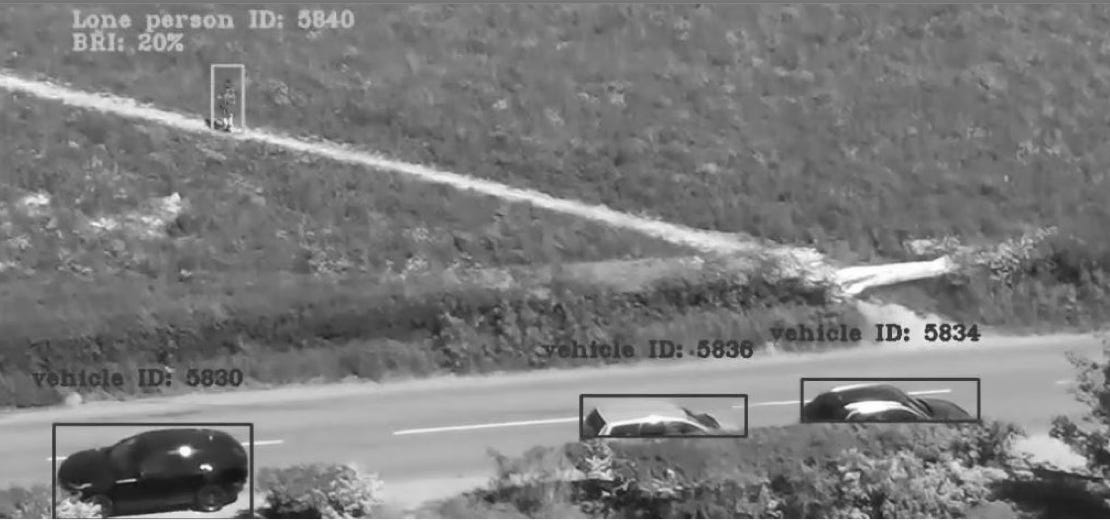Vizgard and the Future of Visual Autonomy
Vizgard founder Alex Kehoe appeared on the Launch at Resilience Conference stage in 2024. As we near the application deadline for the 2025 cohort, we wanted to share an update on Vizgard and Kehoe. Apply for the Launch showcase here; we’ve extended the deadline and applications close on June 14, 2025.
Alex Kehoe started his career deep under the ocean as a Weapons Engineer on Trafalgar-class submarines. Later, in industry roles at Kelvin Hughes (now part of Hensoldt), he worked on sensor integration for securing national infrastructure. It was there—while helping deploy the UK’s first counter-drone solution during the Gatwick airport shutdown—that he saw how limited even the best systems were without real autonomy. Most sensors could only detect; they couldn’t decide or act. And operators were overwhelmed.
That insight led to Vizgard. The company’s core product is a visual autonomy system that turns existing defence cameras and sensors into smart, self-directing teammates. No GPS, no always-on internet. Just edge-based AI that reacts like a skilled human and coordinates like a trained unit.
With backing from Sure Valley Ventures and the UK’s National Security and Strategic Investment Fund, Vizgard recently closed a £1.5M seed round. The money is fuelling development of its AI fleet management platform—a system that controls and coordinates uncrewed assets across land, sea, and air.
“We are building a plug-and-play visual autonomy system that transforms traditional defence and security camera systems into autonomous robotic teammates,” said Kehoe. “Our sovereign UK AI integrates with existing infrastructure, operates at the edge without GPS or internet, and delivers scalable visual intelligence and precision control across fleets of AI-enabled assets – whether on land, in the air, or at sea.”
What sets Vizgard apart isn’t just technical horsepower. It’s focus. Their software avoids vendor lock-in. It works with existing hardware. It scales from a single drone to a full fleet. And it moves faster than traditional deployment models, using built-in training pipelines, versioning, and remote updates.
“The idea originated from repeated exposure to the same problem, first in uniform, and then while working with defence primes. I found end users consistently expressed the same frustration: the need to move away from complete reliance on human monitoring of their growing number of sensor feeds,” said Kehoe. “Even the most advanced sensors still generate false alarms in cluttered environments, and even the most attentive operator can miss a critical moment due to fatigue or distraction, whether it is an adversarial drone, an uncrewed vessel, or a lone intruder.”
At a time when most "AI" is just analytics dressed up in buzzwords, Vizgard is building an actual decision-making engine for national defence—one that works in the real world, not just the lab.



